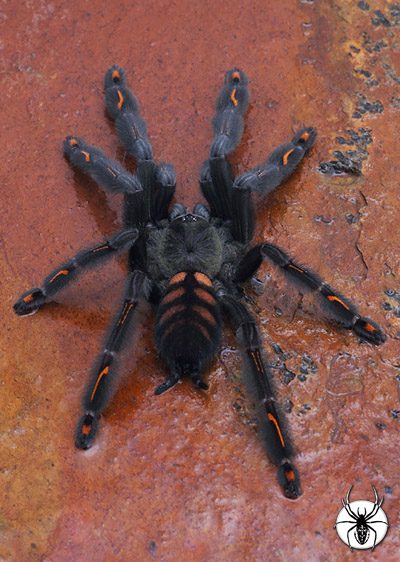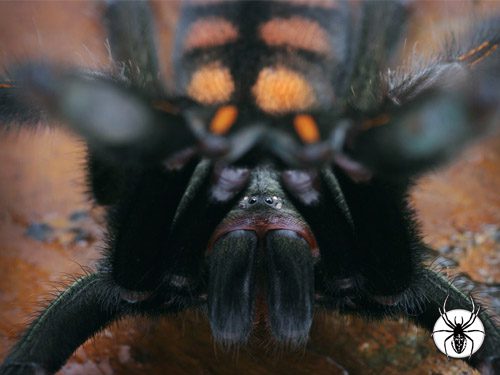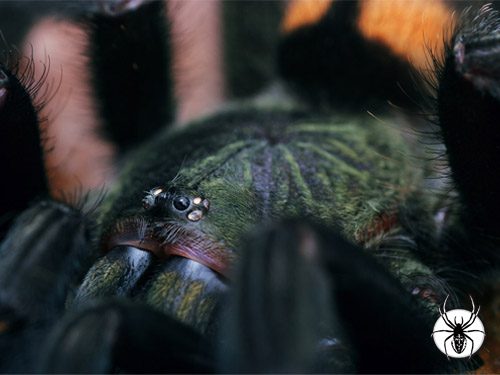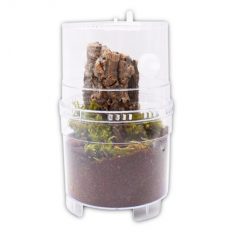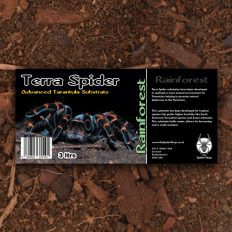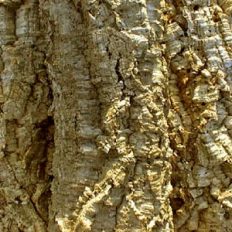Psalmopoeus irminia
Venezuelan Suntiger (SA)
SAAGER, 1994
Species Info:
Origin
Lifestyle
Temp
Humidity
Leg Span
Disposition
Suitability
This is a beautiful arboreal species with bright orange patterns on its abdomen and metatarsus and tarsus parts of the leg. The colour is brighter at an early age and is it grows larger it develops a greenish shade on its carapace which is most noticeable after a moult. The sexual dimorphism of this species is noticeable as mature males lose most of their dense bright markings and have an overall dark grey colouration and fuzzy appearance. It can be easily mistaken for Psalmopoeus cambrigdei except it is smaller in size.
In captivity you need provide a typical arboreal set up with plenty of hiding spaces. This species prefer darker enclosures, you may want to attach some black paper or bin bag to a couple of the sides of the enclosure. They also require humid conditions so a thick layer of substrate and water bowl for drinking is needed along with regular misting.
Inhabiting dense humid forested areas it leads an arboreal style of life constructing silken tube retreats beneath leaves, tree trunks and tree bark, usually not to high off the ground. It has also adapted to cohabiting with humans and can be found making nests in house walls. They incorporate the remains of substratum and dead leads into their silken retreats which makes they perfectly camouflaged and hard to find in the wild. This habit is also known in captivity.
It is a very fast and defensive species and will bite if provoked. This species has proved straight forward to both keep and breed. Egg sacks contain around 100 eggs and the resulting offspring are beautifully marked, very large and very fast! Spiderling usually utilize ground retreats spinning the web at the base of the walls or any vertically established objects in the terrarium. They are voracious eaters and grow very fast with females reaching maturity at around 2 years of age.
